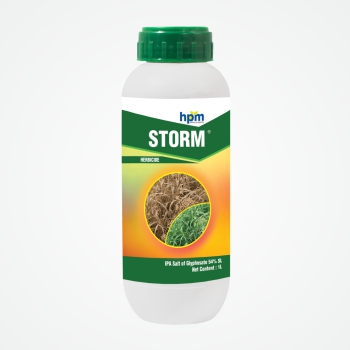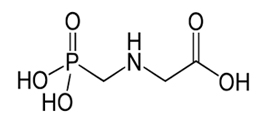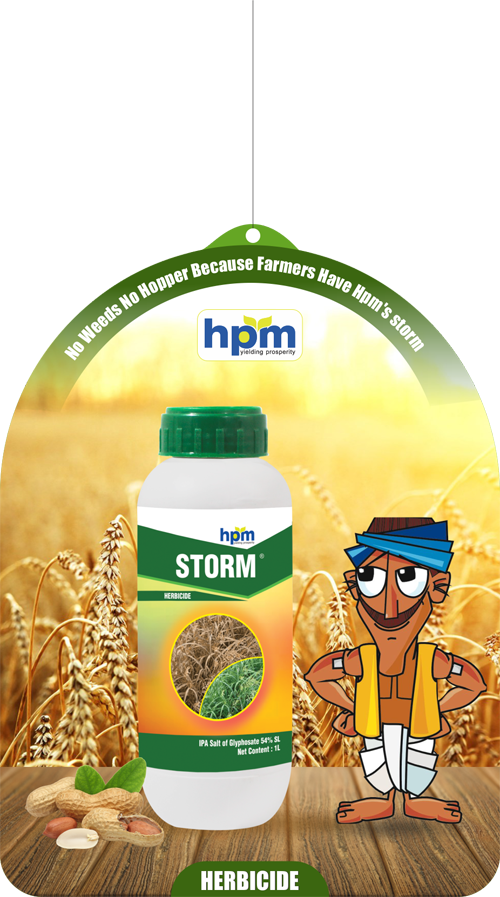- HOME
- ABOUT
- INFRA
- BUSINESS AREA
- KNOWLEDGE
- CSR
- Policy & Committe
- Activities
- Plantation Drive(Samba)
- Green Nation Clean Nation Plantation Drive
- Santosh Krishi Diwas
- 14 TH SENIOR ROLL BALL NATIONAL CHAMPIONSHIP
- Arm Wrestling Championship
- Clothes Distribution for Students
- Samuhik Vivah Bhiwadi
- Help him to Breathe
- WHEELCHAIR DISTRIBUTION KHUSHKHERA
- Girl's Adoption CSR
- Save Eyes Save Life
- CAREERS & HR
- NEWS
- CONTACT
- BLOG
QUESTIONS? CALL: 011-4507 1800

Stands for delivering best service and exceptional quality for crop protection.
Tel. (911) 45071800-899
Email: info@hpmindia.com
HPM Chemicals & Fertilizers Ltd.
209-210, Anupam Bhawan, Azadpur Commercial Complex Azadpur, Delhi-110033
Strom IPA N-(phosphonomethyl)glycine
- It is a weedicide which contains 54% active ingredient glyphosate in the form of Isopropyl-amine salt and balance inert ingredient by mass.
- It Inhibits 5-enolpyruvylshikimate-3-phosphate synthase (EPSPS), an enzyme of the aromatic acid biosynthetic pathway.
- Apply as directed spray when the weeds are young and actively growing.
- Herbicide should be sprayed from ground only, care should be taken for drift hazard to the adjoining crop fields.
- Mixing it with other herbicides may reduce the its activity.
- It is used to control annual and perennial grasses and broad-leaved weeds, pre-harvest, in cereals, pea.

| Product Name |
: |
Glyphosate | |||||
| Type of pesticide |
: |
Herbicide | |||||
| Chemical name |
: |
N-(phosphonomethyl)glycine | |||||
| Empirical Formula |
: |
C6H17N2O5P |
|||||
| CAS No. |
: |
[38641-94-0] | |||||
| UN No |
: |
3082 | |||||
| Packing group |
: |
III | |||||
| IMDG |
: |
Class 9 [Environmentally Hazardous Substance, Liquid, N.O.S. (Glyphosate)] | |||||
| Shelf-life |
: |
Two years under normal storage conditions. | |||||
|
DESCRIPTION |
|||||||
| Glyphosate is a non selective systemic herbicide. It belongs to the family of glycine derivatives, used to control annual and perennial grasses and broad-leaved weeds, pre-harvest in many crops. | |||||||
| Mode of action | |||||||
| It is Non-selective systemic herbicide, absorbed by the foliage, with rapid translocation throughout the plant. It inhibits 5-enolpyruvylshikimate-3-phosphate synthase (EPSPS), an enzyme of aromatic acid biosynthetic pathway. This prevents synthesis of essential aromatic amino acids needed for protein biosynthesis. It get inactivated on contact with soil. | |||||||
| Applications It is to be diluted with clean water and sprayed uniformly using an efficient sprayer and used at different stage as a pre- harvest and pre-emergence post emergence and pre plant incorporation. It ensures complete kill of treated weed thereby preventing regeneration of weeds. Very early treatment of vegetation may reduce weed. But good results are obtained by treating mature plants. | |||||||
| Structure Formula |
: |

|
|||||
| Physical Properties | |||||||
| Appearance |
: |
White powder | |||||
| Glyphosate content, percent by mass |
|
95.0% Min. | |||||
| Extra acidity , percent by mass, Max |
: |
1.0 | |||||
| Moisture Content, percent by mass, Max. |
: |
1.0 | |||||
| Ionic chloride content (as NaCl), percent by mass, Max. |
: |
1.5 | |||||
| Compatibility. |
: |
Mixing with other herbicide may reduce the activity of glyphosate | |||||
| TOXICITY DATA | |||||||
| Mammalian Toxicity | WHO (a.i.) U, Unlikely to present acute hazard | ||||||
| Environmental Toxicity | In mammals, Glyphosate is very rapidly excreted unchanged and does not accumulate. In plant it slowly metabolised to aminomethylphosphonic acid. It is slightly to moderately toxic to birds. It is toxic for Daphnia, but not much toxic to other aquatic animals. Not toxic to bees. It is harmless to slightly harmful for insects like spiders and few parasites. | ||||||
| Formulation |
: |
54% SL | |||||
| Packing detail |
: |
100ml, 250ml, 500ml, 1Ltr | |||||
| Recommendations | |||||||
| Crop | Common name of the Pests | Dosage/acre(gm) | Dilution in Water (Liter) |
Waiting
Period
(days |
|||
| General weed control in non-cropped areas | Ageratum conyoides, Alternenthera sessile, Echinochloa spp., Eclipta alba, Ischaemum rugosum, Setaria spp., Commelina spp., Cyperus spp. | 1332 | 160-200 | NA | |||








